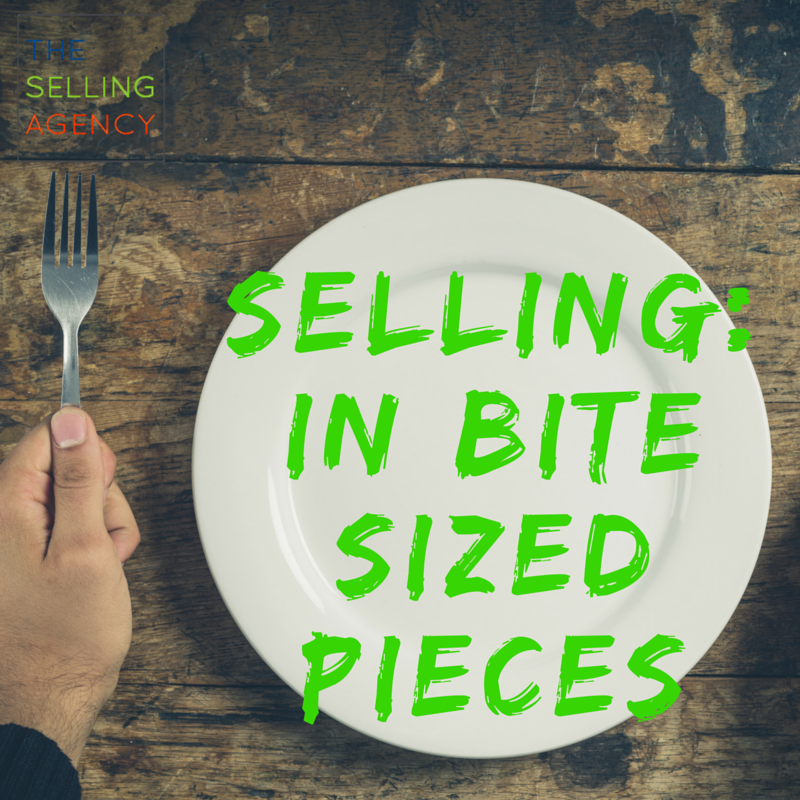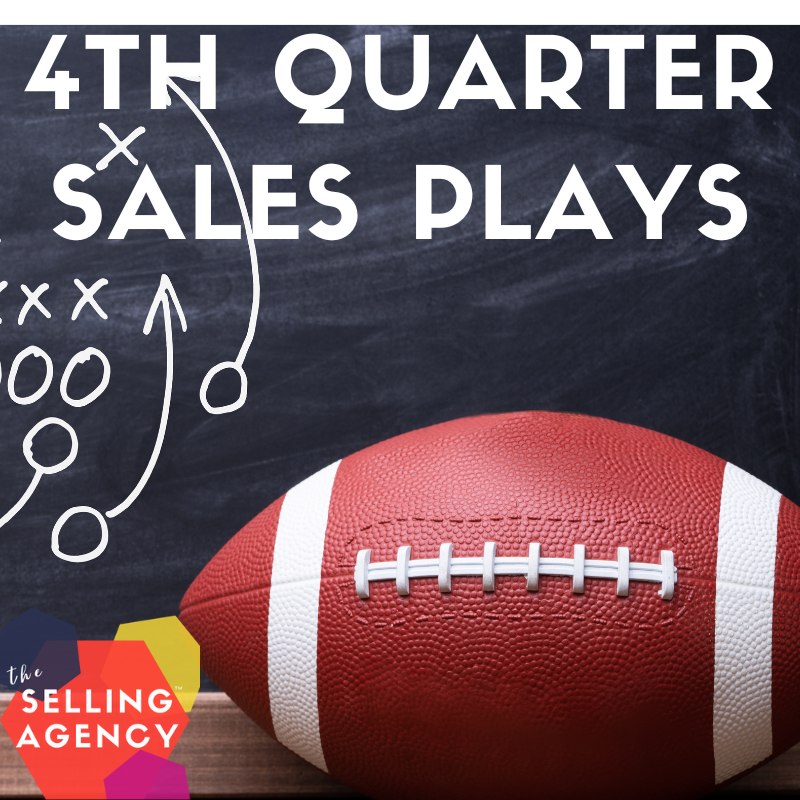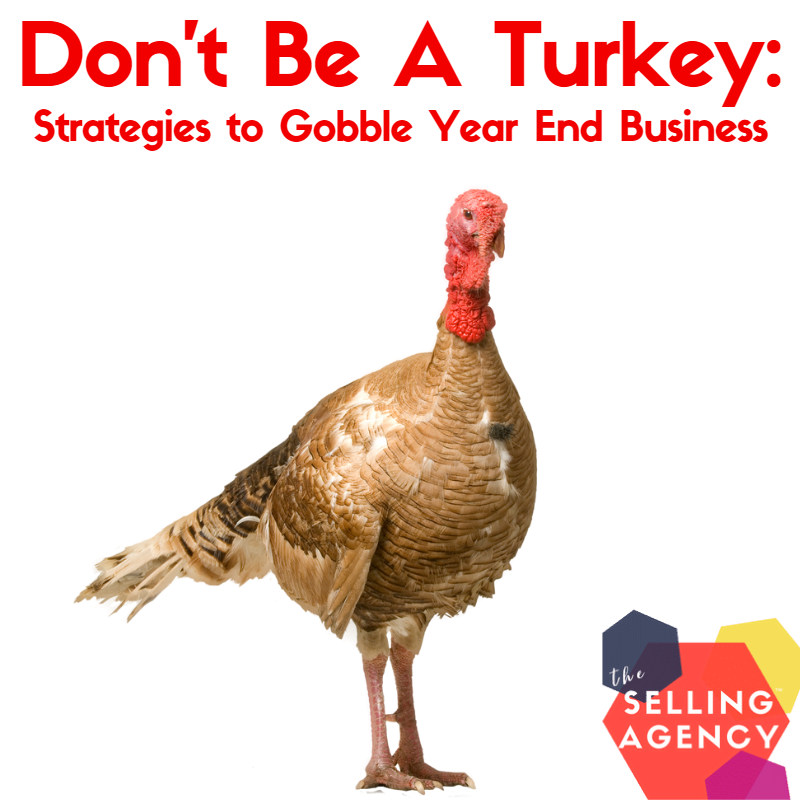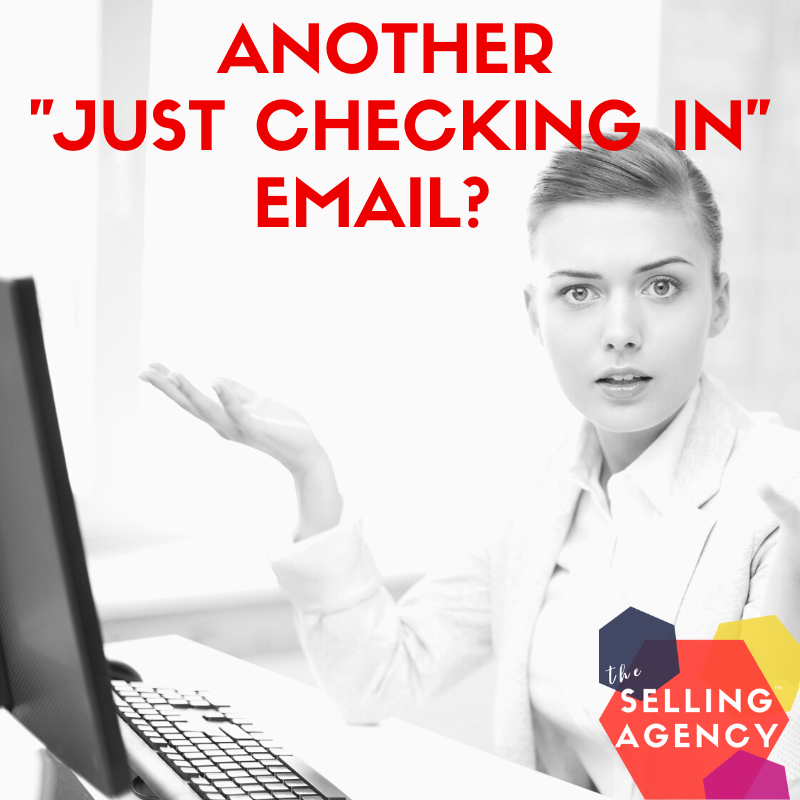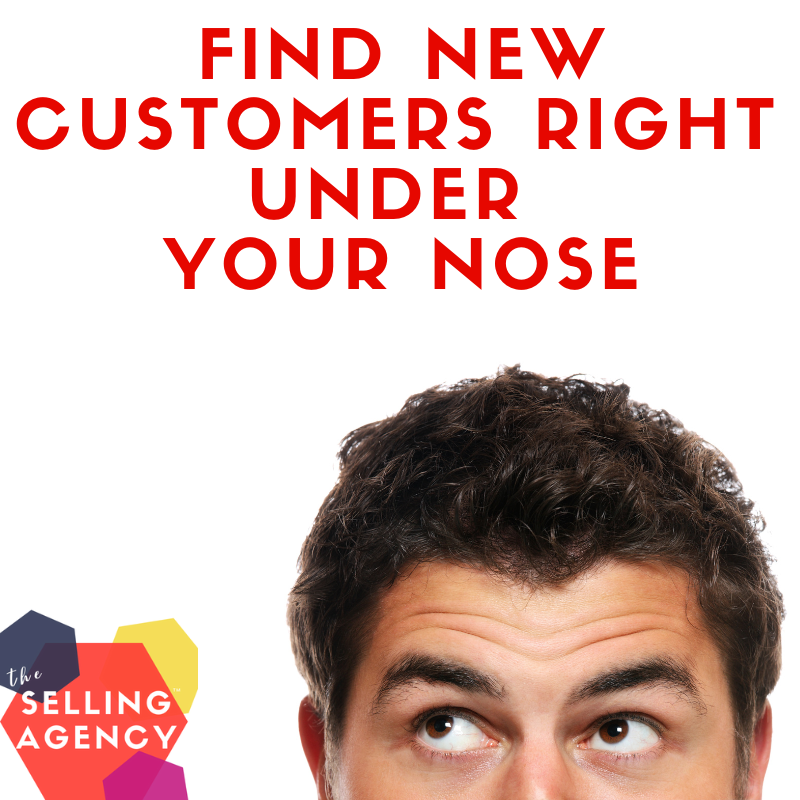Several posts back, I shared how one of my clients was focused on how BIG and monumental the sale was for her and for her customers. She was suffering from a bit of self-sabotage by projecting her emotions and insecurity on to her customer and letting fear of closing the sale or NOT closing the sale speak louder than her strategic selling efforts.
If this sounds like you too, STOP focusing on “THE SALE” – the big decision, the end result, a large price tag, the closed deal. Many people try to get to the BIG deal too soon and skip all the trust building moments in between. Techniques like “trial close” or “assumptive close” are dated and can harm your relationships and turn buyers off. Buyers fear making bad decisions so if you work the smaller decisions consistently, you’ve created trust and positioned yourself to lower the perceived risk for your customers at making a BIG BAD choice.
Think of the question, “How do you eat an elephant?”
To which the answer is, “One bite at a time.”
If we tried to swallow the elephant whole, we’d choke on it and likely give up. Selling, just like training, learning, and growing, is a process that builds upon increments of results over time.
Focus on the incremental decisions and buyer agreements – the small moments of consensus that move your customers along in their journey.
Start with Lower Risk decisions and build “consensus” as you go. When you and your customer arrive at the “final decision” to purchase, you’ve reduced YOUR risk of missing objections, influencers, or negotiating price.
Try these low-risk investments of time or information to move clients forward:
A personalized LinkedIn connection request. “Hi Jill, we met at the Chamber event yesterday and had that great conversation about photography. Let’s connect here so I can share your insights with my network.” What’s next? Comment on or share her posts, send her an InMail message with a case study, move to email . . .
Opt-in Offer on your Website. What valuable insights do you have to share that a potential customer would be willing to exchange for their email address? A case study? An industry report? A handy guide? What’s next? Can you follow up to see if they want more insights or comparable information?
Set a phone call or online meeting. Establish a clear and valuable reason for having a conversation. What do you have to discuss and how long will you take? What’s next? Move your meeting to face to face with a tour of your facility or theirs.
Ask for a Piece of Relevant Information. This could be financial figures, an organizational chart, a receipt, or previous RFP. Pending your relationship and level of trust, ask for information and be sure to let them know how you’ll use it in context to helping them make an informed and wise decision. What’s next? Use this information or gather more to create a customized proposal, presentation or overview – whichever your customer is ready to hear.
Make an Introduction to Your Key Team Member(s). Can you show your prospective customer who they will be working with and how you operate? This seemingly small thing can increase trust tenfold and move your customer to perceive less risk . . . of the unknown. What’s next? Seek to understand how your product impacts others in the organization.
Ask to Meet More of Their Team Members. Most purchases inside organizations take a buying committee of more than 3 people in 76% of the cases (-CSO Insights Sales Performance Optimization). If you’re only building a relationship with one person inside your customer’s organization, you’re missing connections with people who can have great influence on the decisions. What’s Next?
Make sure your sales process reflects opportunities to sell to your customers in these Micro-decisions.
Keep exploring opportunities to move your clients forward and help them make decisions. Don’t focus on the BIG SALE, focus on smart, consistent SELLING.
Until next time, stop hoping, start SELLING!
-sks
